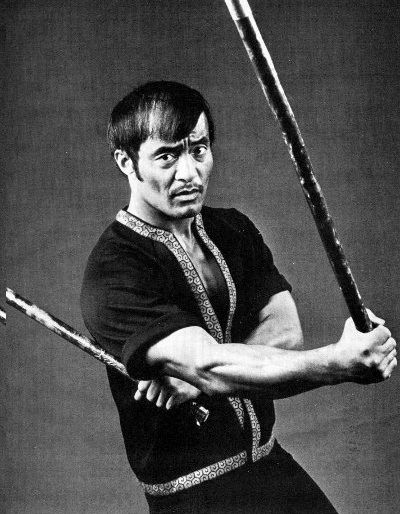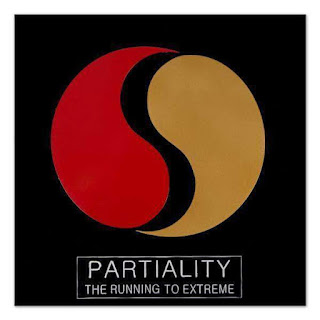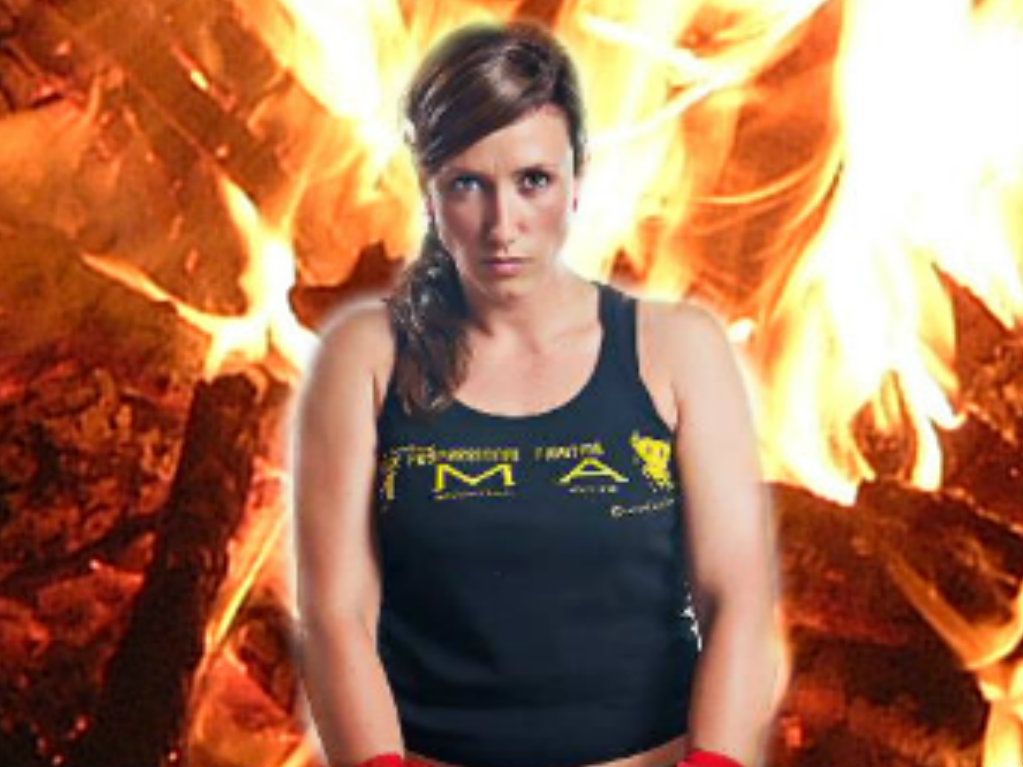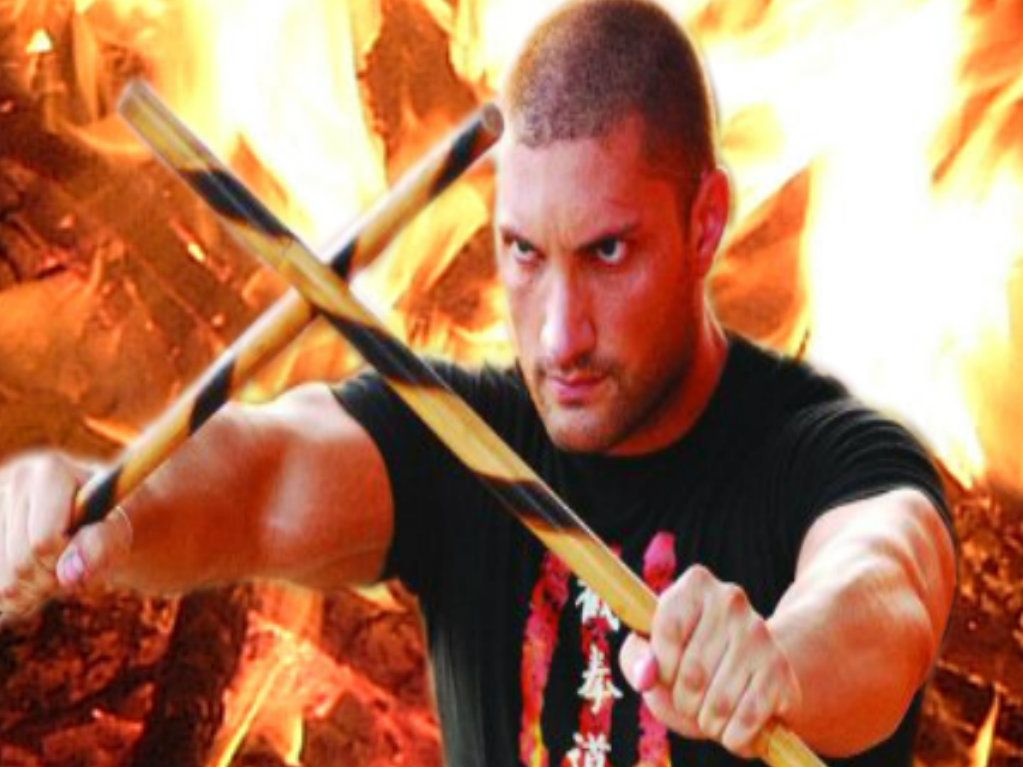These symbols represent Bruce Lee's personal journey of self-cultivation. Specifically designed by Bruce Lee, the symbols hung on separate plaques in his Jun Fan Gung Fu Institute in Los Angeles.
- Partiality : Is the compartmentalized person. You have lots of extreme and you are trying lots of different things. Bruce’s symbol for this stage was the two halves of the yin yang, separate, not touching, and without the circle in each half. He called it the running to extremes.
- Fluidity : Is when you can take what happens as it comes. Bruce Lee called this two halves of one whole and his symbol was the complete yin yang with two arrows going around the yin yang. This symbolized that these two halves are always relating, we’re always in a place of totality.
- Emptiness : Which Bruce Lee called the formless form. This is when you exist in a stage of natural response and you let go of all technique. The third stage is about freedom. You don’t have to live in the third stage all the time, it is achieved in moments of action in real life situations. Stage 3 is the automatic response of the skillful warrior.




























